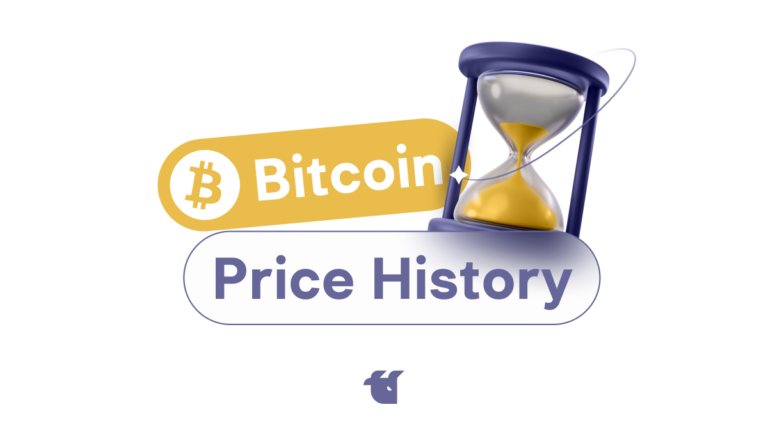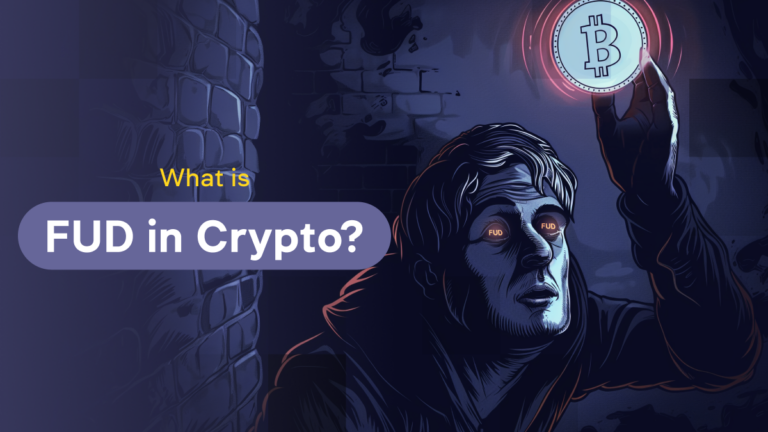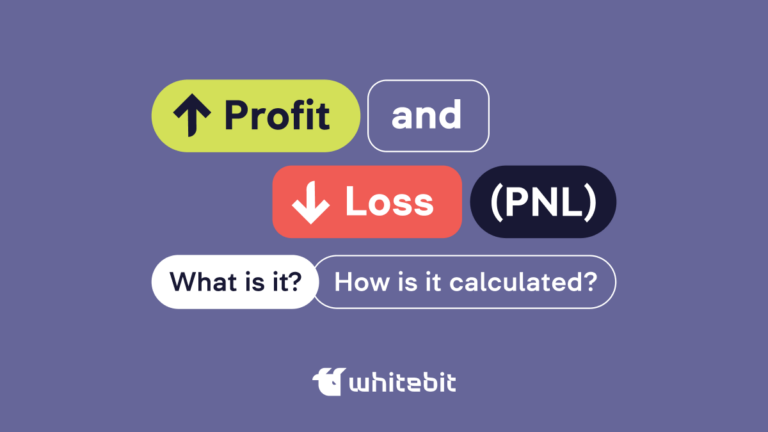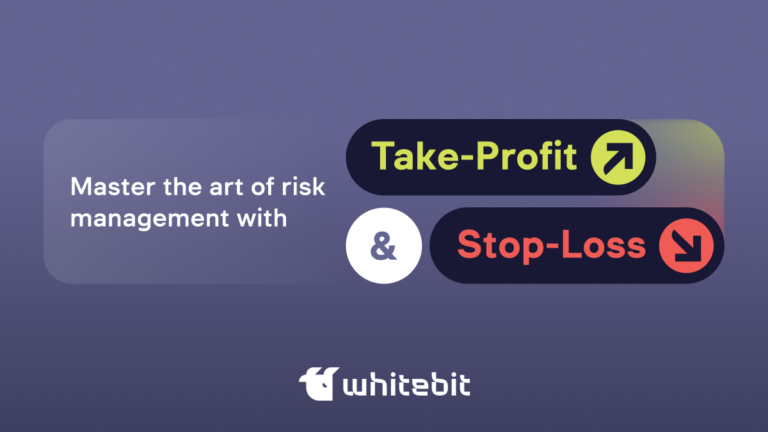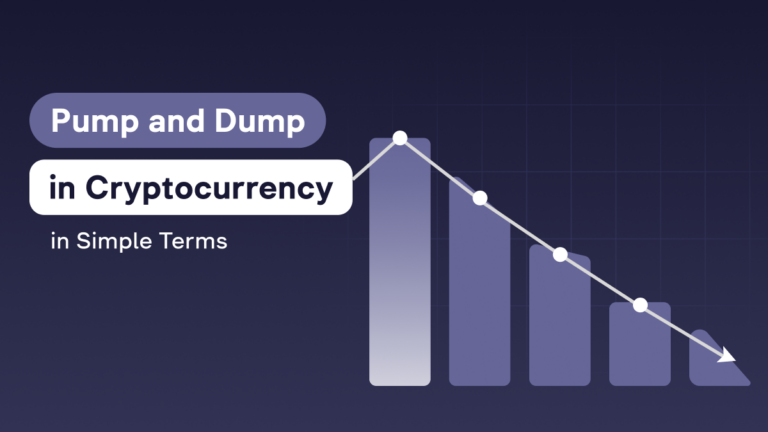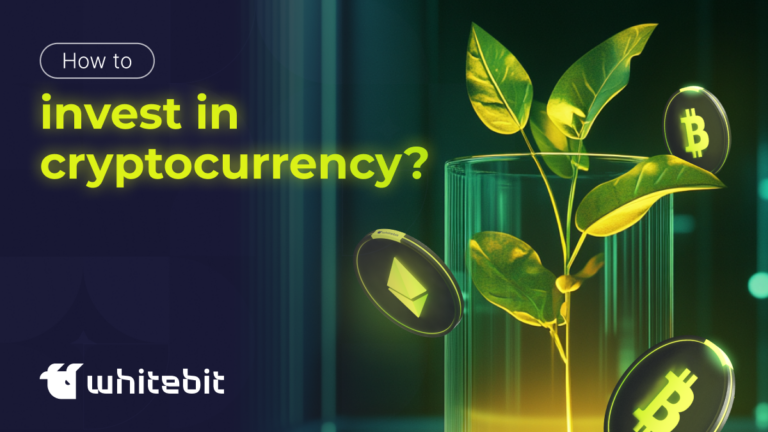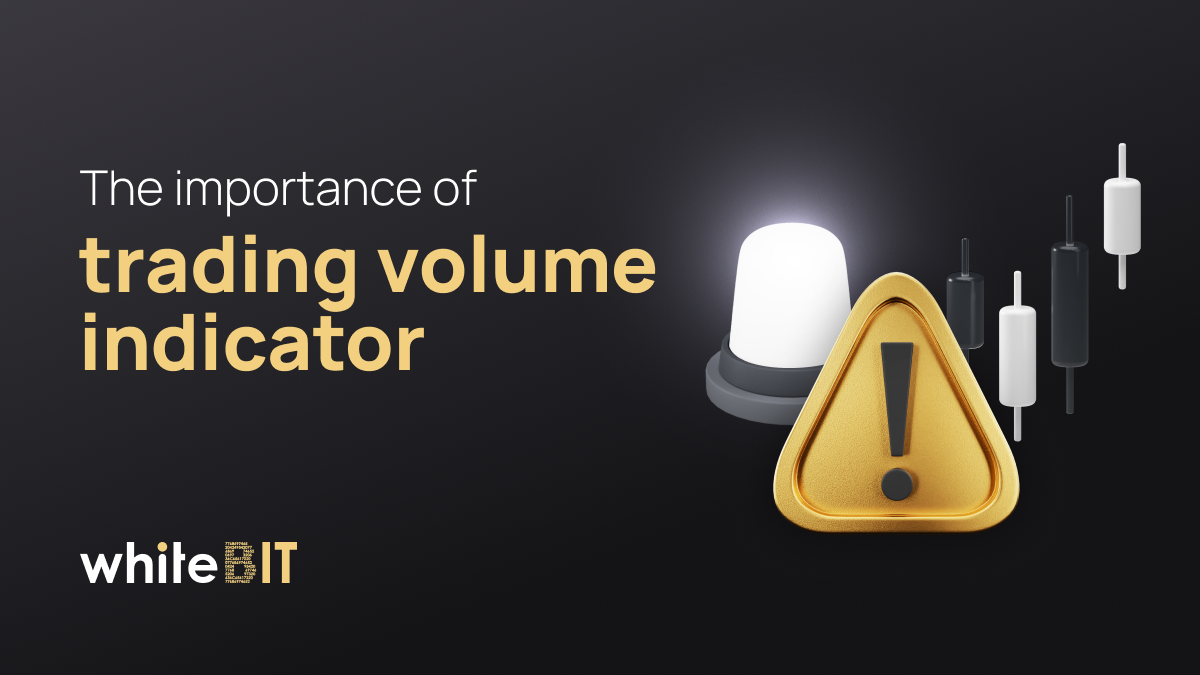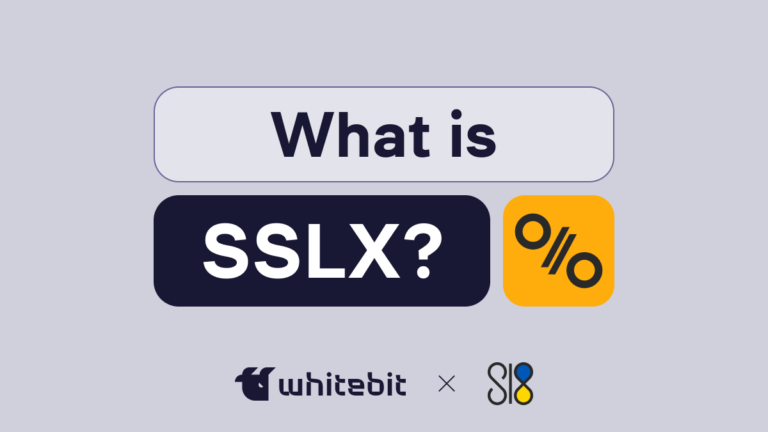What is FOMO in Trading and How to Avoid It
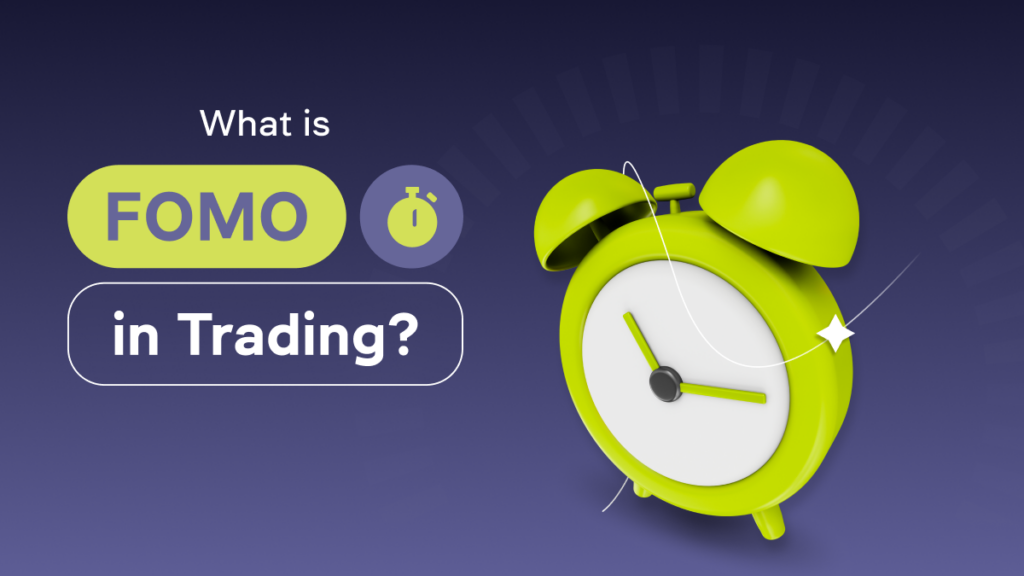
Content
How do you feel when you realize that if you had invested just $100 in Bitcoin in 2010 at $0.0025 per coin your $100 would have turned into $2.5 billion now? That feeling is called FOMO. But what is fear of missing out? How can you deal with feeling FOMO? Let’s dive into the psychology of trading and understand FOMO definition, how FOMO affects the market and investor behavior, and most importantly how to avoid it. Lets define FOMO at first.
What does FOMO Mean in Crypto?
Fear Of Missing Out (FOMO) is a short-term or recurring unpleasant feeling that you’ve under-earned somewhere, missed a good cryptocurrency investment opportunity, or simply missed something important. In the cryptocurrency world, this feeling is often associated with a missed profitable trade or retrodrop (a subspecies of airdrop) that could have yielded a significant profit. Under the influence of FOMO, traders may make spontaneous purchases, fearing that they will otherwise miss another chance to make a profit. The feeling of FOMO makes all those who missed the opportunity to make money on retrodrop greedily “fly” into all projects without prior analysis. Notcoin (NOT) introduced the meaning of FOMO feeling to many people, after which everyone rushed to play all kinds of “tappers” hoping to make money.
Simply put, FOMO means deviating from well-considered strategies and begining to ignore the basic principles of risk management. Decisions made in a state of emotional highs can lead to disastrous results.
Fear of Missing Out Examples in Investing
Here are some FOMO examples:
- Bitcoin FOMO in 2017: Bitcoin has always been at the top of the list of cryptocurrencies, but when the price of Bitcoin began to skyrocket, reaching nearly $20,000 per coin, many new investors first entered the cryptocurrency market, driven by fear of missing out. These purchases were often made at the peak of the price rise, leading to significant losses after the subsequent market crash.
- ICO boom: Second example of FOMO is ICO between 2017 and 2018. Many investors invested in ICO (initial coin offerings), driven by stories of incredible profits from early investments in projects like Ethereum. Many of these ICOs turned out to be failures or even fraudulent, a direct result of rash investments influenced by FOMO in crypto.
- The case of Dogecoin and other meme-coins: The explosion in popularity of Dogecoin (DOGE) in 2021, as well as other meme-coins such as PEPE, was largely due to viral marketing and influential social media personalities. Many investors, fearful of missing out on the “next Bitcoin,” invested in these assets, which in some cases led to quick gains and, in others, to significant losses.
- Flash Crashes and Rapid Growth: Investors often experience the FOMO effect during sudden market fluctuations, when cryptocurrency prices suddenly fall or rise. Under the influence of FOMO, they may hastily buy or sell assets to “catch the wave” or avoid losses.
- DeFi sector: With the explosive growth of decentralized finance (DeFi), many investors quickly invest in cryptocurrency projects and tokens, driven by news of high-interest returns and unique opportunities. This hype often leads to losses when projects fail to meet expectations or involve risks ignored due to FOMO.
The Factors that Can Cause of FOMO on Crypto Market
Social Media
Social media plays a significant role in spreading FOMO among cryptocurrency investors, reinforcing a sense of urgency through viral trends and creating echo chambers where one-sided information prevails. This can lead to rash decisions, especially when influencers and celebrities share their successes, giving the impression of easy profits. Fake news, social media manipulation, and the psychological impact of carefully targeted advertising reinforce FOMO, encouraging spontaneous investments influenced by social pressure and fear of missing out on possible gains.
News and Rumors
News and rumors about cryptocurrencies can quickly change market sentiment, especially involving major investments, regulatory changes, or technical innovations. Reports that a major tech company is starting to accept bitcoin payments can cause prices to rise and lead to FOMO among investors who fear missing the start of a big rally. Adding examples of the impact of false rumors or unreliable sources can also highlight how information distortions can lead to poor investment decisions. In addition, the role of social media in amplifying the impact of news, where even unofficial comments can spread at viral speed, is worth highlighting as a critical factor that amplifies market fluctuations and encourages investors to act in haste. This insight helps to distinguish reasonable market trends from irrational behavior driven by fear of missing out on gains.
Market Volatility
Crypto volatility makes the market particularly susceptible to FOMO. Rapid and significant price fluctuations can make investors feel that every moment is crucial to buy or sell. This is especially true during price spikes when immediate action can lead to big gains or avoid losses. In such conditions, the market becomes a fertile ground for speculative operations, where investors can act under the influence of not only real data but also rumors or artificially created hype. In addition, the emotional component of investing is amplified by social media and news platforms, where interest and fear of missing out on gains is fueled, leading to a chain reaction of buying or selling. Effective risk management and diversification strategies can help investors minimize the negative impact of FOMO and make informed, data-driven decisions.
Winning or Losing Streak
Investors’ individual experiences can also trigger FOMO. Those who have experienced a streak of successful trades may begin to feel that they are “on a roll,” their confidence leads to more aggressive and risky investments based on the fear of missing out on continued success. On the other hand, after a series of setbacks, investors may feel pressured to “bounce back” and invest in questionable projects for fear of missing out on a market recovery. This behavior is exacerbated by the “anchoring” effect, where previous performance influences current decisions, often ignoring changes in market conditions or fundamental analyses. In addition, psychological research shows that losses are perceived more painfully than equivalent gains, which can lead to overly cautious or, conversely, overly risky decisions to avoid further losses. Training and coaching can help investors develop strategies that reduce the emotional response and promote a more stable and prudent approach to investing.
What is Common Between FUD and FOMO?
FUD (Fear, Uncertainty, and Doubt) and FOMO (Fear of Missing Out) syndrome are emotional states that significantly impact investor behavior in cryptocurrency and other financial markets. These phenomena lead to decision-making based on fear and greed instead of rational analysis. FUD can cause panic selling when investors try to avoid potential losses due to negative news or rumors. At the same time, FOMO often encourages investors to make spontaneous purchases for fear of missing out on profit opportunities.
Both FUD and FOMO crypto can be used to manipulate market opinions and behavior. FUD often leads to price destabilization and investment outflows, while the fear of missing out can cause artificial price bubbles where mass buying is based not on fundamentals but on the fear of missing out on growth. Both encourage reactive rather than strategic market behavior, undermining the principles of prudent investing and risk management. FOMO: How can we get rid of it? Let’s break down the main stages of the struggle.
How to Deal with FOMO in Trading?
The price of crypto today shows how volatile the market is and everyone should know how to get over FOMO. Fighting FOMO means a conscious approach and developing a strict discipline. Let’s look at a few strategies to help traders manage this phenomenon and reduce the risk of rash decisions.
Make a Trading Plan
Before you start trading in the cryptocurrency market, developing a clear trading plan that includes entry and exit criteria for trades and setting stop loss and take profit levels is crucial. This plan will help you stay within a predetermined strategy, avoid impulsive and emotionally driven decisions, and improve your overall trading discipline. It also provides a structured approach to risk management, allowing you to control potential losses and maximize profits effectively.
Proper Portfolio Construction
Proper portfolio construction is a key aspect of a successful investment strategy in the volatile cryptocurrency market, where strategies such as HODL (hold assets long-term despite market fluctuations) can play an important role. Diversification of a crypto portfolio helps reduce risk and stabilize potential returns by spreading investments across different asset categories, such as different cryptocurrencies, DeFi tokens, stablecoins, and other digital assets. This allows you to protect your portfolio from strong price fluctuations on one asset, offsetting potential losses on some assets with gains on others. Regular portfolio rebalancing is also key, which includes reevaluating assets and matching them to HODL’s long-term strategy, as well as adapting to current market conditions and changes in investment objectives.
Do Your Own Analysis
DYOR as an inoculation against FOMO: Performing your analysis also promotes critical thinking skills and independent decision-making, especially in the highly volatile and uncertain cryptocurrency market. In addition to standard analysis techniques, it is important to consider macroeconomic factors such as global economic changes, political environment, and regulatory innovations that can significantly affect market trends. Regularly updating your knowledge and analysis methods will allow you to adapt to the ever-changing market conditions and increase the likelihood of successful trading.
Know the Market Is Cyclical
Understanding the cyclical nature of the cryptocurrency market can go a long way in helping to combat FOMO. Like traditional financial markets, the bull and bear markets go through periods of growth, peak, decline, and recovery. Recognizing this helps investors stay calm during sudden price fluctuations and avoid impulsive buying or selling. Instead of succumbing to the fear of missing out on opportunities during rapid growth, assessing what phase of the market cycle is in is more rational, and adjusting your investment strategy accordingly, keeping a long-term perspective.
Work on Your Trading Psychology
Managing your psychology is one of the most critical aspects of successful anti-FOMO trading. Developing psychological resilience helps traders cope with the inevitable market fluctuations and pressures of financial decision-making. This includes self-control techniques like meditation, regular exercise, getting enough sleep, and establishing clear boundaries between work and personal life. In addition, it is important to learn to separate emotions from decision-making and to develop patience and discipline, which will allow you to maintain a well-considered and consistent trading strategy even in highly volatile market conditions.
Conclusion
In conclusion, FOMO syndrome is not just an emotion; fear of missing out meaning important signal to be aware and rational. In the world of cryptocurrencies, where things change at an incredible speed, the surest way to avoid making rash decisions is through education. The more you know, the less scared you are of missing out.

